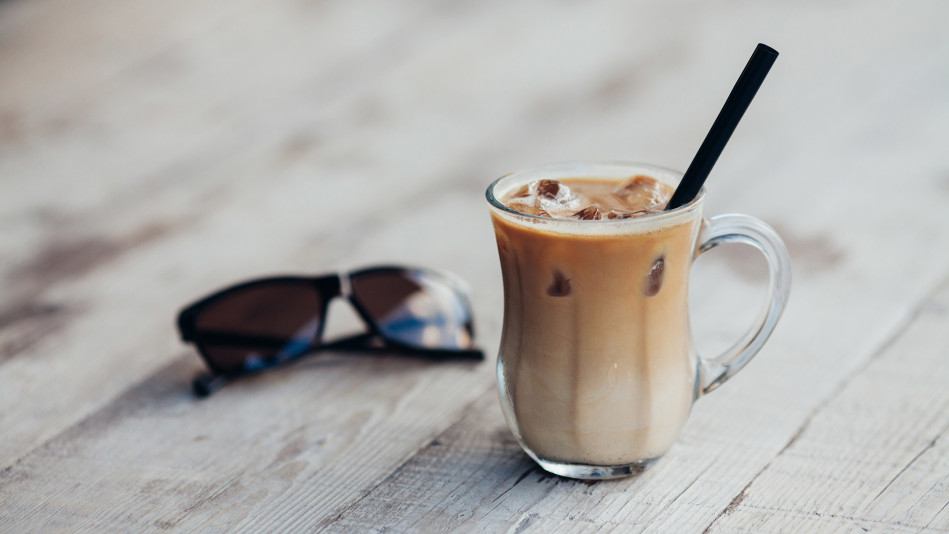What Is the Difference Between Cold Brew and Iced Coffee?
The ingredients are the same—but the process? Not so much.

Photo: iStock/agrobacter
As any coffee drinker knows, a cup of joe is only as good as the beans you use to brew it. But cold brew goes a step further. In the case of this super popular summertime drink, it's not just about the beans. It's about the water you use when you make it.
As its name explains, cold brew is coffee that's brewed with—spoiler alert—cold water. That may not sound groundbreaking, but the water temp actually has a lot to do with how the finished coffee tastes. To make a pot of cold brew, you steep medium or coarse ground coffee in cold water for 12 to 24 hours, and then filter out the grounds. The process relies on time (instead of heat) to extract the coffee's oils, sugars and caffeine. And cold brew's intense, less acidic taste has garnered it legions of fans.
Iced coffee, on the other hand, is simply hot coffee that's been cooled down and then poured over ice. As the hot coffee cools, though, it can become acidic, which can give it a harsh taste (this article says cold-brewed coffee is 67 percent less acidic than hot-brewed).
In many cities, a cup of cold brew can cost double what a cup of regular iced coffee costs—and while that's partly a function of supply and demand, there's more to it. Coffee shops often use pricier seasonal blends for cold brew, and in general, you need to use more ground coffee when making cold brew than you do when making regular iced coffee (as Time.com explains, a standard water to coffee ratio for cold brew is around 4.5:1; meanwhile, for iced coffee, it could be 17:1). If you're a fan of the richer-tasting cold brew, though, we've got good news: You can easily make your own. So get your coffee brewing, and you're set for one brilliant morning.
As its name explains, cold brew is coffee that's brewed with—spoiler alert—cold water. That may not sound groundbreaking, but the water temp actually has a lot to do with how the finished coffee tastes. To make a pot of cold brew, you steep medium or coarse ground coffee in cold water for 12 to 24 hours, and then filter out the grounds. The process relies on time (instead of heat) to extract the coffee's oils, sugars and caffeine. And cold brew's intense, less acidic taste has garnered it legions of fans.
Iced coffee, on the other hand, is simply hot coffee that's been cooled down and then poured over ice. As the hot coffee cools, though, it can become acidic, which can give it a harsh taste (this article says cold-brewed coffee is 67 percent less acidic than hot-brewed).
In many cities, a cup of cold brew can cost double what a cup of regular iced coffee costs—and while that's partly a function of supply and demand, there's more to it. Coffee shops often use pricier seasonal blends for cold brew, and in general, you need to use more ground coffee when making cold brew than you do when making regular iced coffee (as Time.com explains, a standard water to coffee ratio for cold brew is around 4.5:1; meanwhile, for iced coffee, it could be 17:1). If you're a fan of the richer-tasting cold brew, though, we've got good news: You can easily make your own. So get your coffee brewing, and you're set for one brilliant morning.



